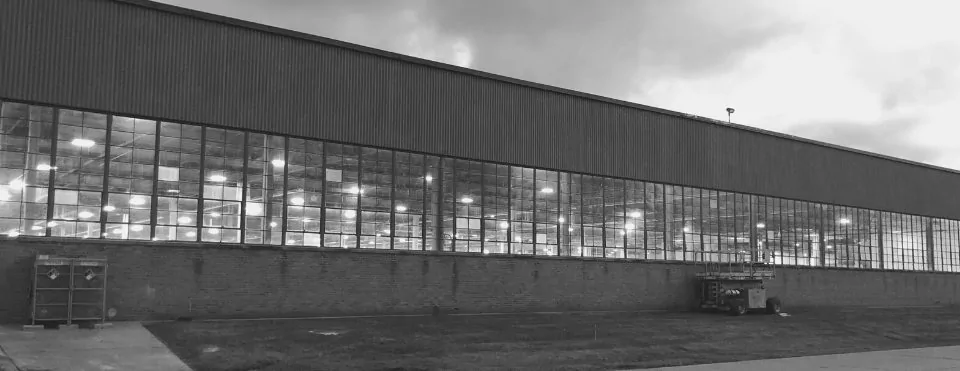Small Business Grants in the Form of Rebates
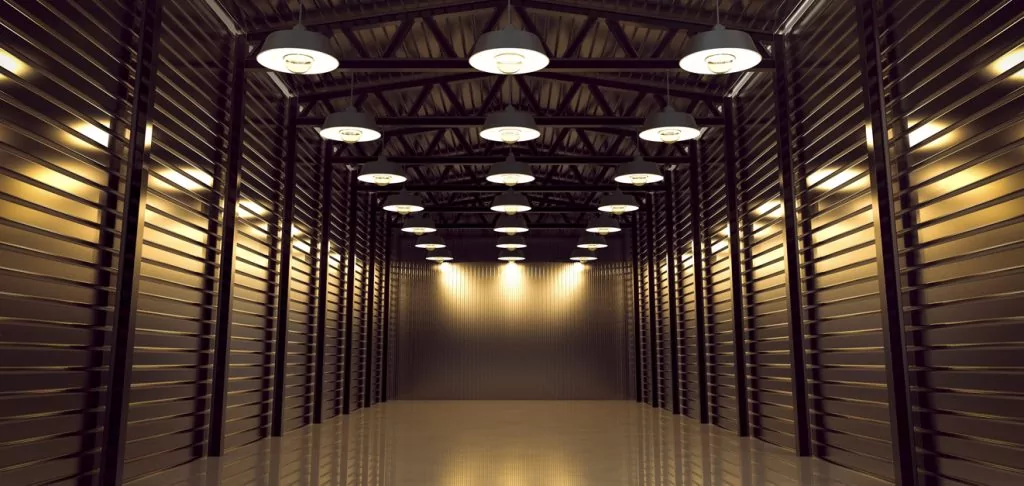
Mar 05 2018
If you own and operate a business in Chicagoland, you likely fall into the Small Business Energy Efficiency Program, small business grants or rebates as a benefit that is available to all commercial customers. This program is one slice of the greater ComEd Energy Efficiency Program
in Illinois and is designed to help businesses move forward with efficiency improvements through rebates and incentives.
First – why would ComEd share rebates with businesses to help them use less energy? Isn’t that against their business model since they get paid for the electricity we use? While that is true that ComEd benefits from the greater amount of electricity that we use financially, they are also required by the Future Energy Jobs Act law to spend a significant amount of money annually on energy efficiency. Since 2007, Illinois has been collecting a tax on each residential, commercial, and public sector’s electric bill and spending that on energy efficiency.
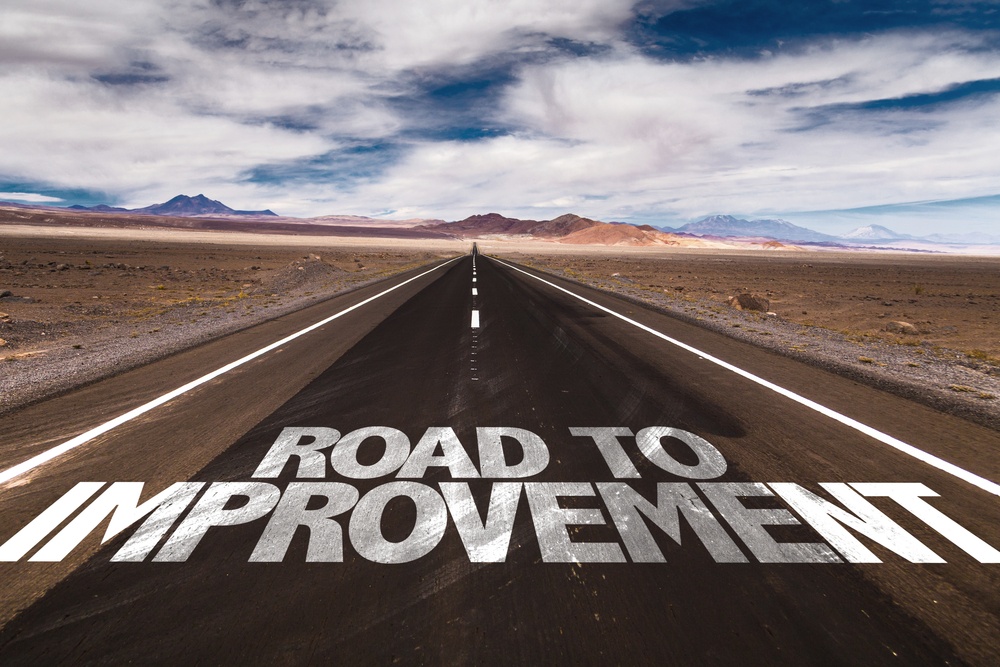
For commercial customers that are classified as Small Business (0-100 kW), they are eligible for the Small Business Energy Savings Program. Since this classification is about how much energy is drawn, and not how much revenue is earned – this can lead to very large businesses qualifying for this program (so the name can be misleading). Here is a list of likely candidates that will qualify for the 0-100 kW classification, but the only way to really know is to check on your utility bill.
This program has been designed to really encourage businesses to move forward with energy efficiency, with very generous incentives. I like to think of it as designed for organizations that do not have a person dedicated to evaluating investments to see if they make sense to move forward.
Target and Walmart likely has a whole team dedicated to evaluating LED lighting for their parking lots, stores, and thinking about how that investment can benefit the company. A small business does not – it usually has an owner that is stretched thin and makes most decisions. With large incentives that cover huge portions of the cost, it can make moving forward with energy efficiency a “no-brainer”.
The core offering of this program is a $.85 per watt reduced incentive on LED conversions.For example, a 4 lamp 4 ft T12 troffer is considered to have 164 watts in energy usage. If you install a 36 watt LED fixtures in its place, your incentive would be 164 – 36 = 128 * $.85 per watt reduced = $108.80 of incentive. In addition, they offer incentives on occupancy sensors, photocells, and advanced lighting controls. In fact, Evokits are the most popular product we install and include an additional $75 per fixture for daylight harvesting and occupancy sensors.
However, once you get past lighting, the program actually gets more interesting.
Refrigeration
Refrigeration is a common energy hog for restaurants. The program incentivizes EC motor upgrades, as well as evaporative fan speed controls – which only make that fan run when the evaporative cooler is calling for cooling. This can combine to improve the efficiency on a shaded pole motor by 90%.
HVAC Incentives
HVAC incentives are also very popular in this program, and there are incentives of up to $400 per ton to encourage folks to take their current rooftop HVAC unit and upgrade to a CEE tier 2 energy efficiency RTU. Since our most commonly replaced units are 10 tons, that is $4,000 on incentive. When you combine this with a DCV Economizer and Advanced Rooftop Controls, it can cover almost 50% of the new unit replacement.
A few products can be provided to the customer at no cost, and those are the following:
If you have not participated in this program before, it might be because it sounds too good to be true. Well, as an active trade ally for the past 5 years – I can assure you that it is true. In fact, I can assure you that your neighboring businesses have participated and even your competitors. Yes – your competitors might be using less electricity and having a competitive advantage over you!
One caveat – this program is run through a closed network of trade allies. You must work with one of these highly trained partners in order to receive these very generous incentives.
How do you find one of those partners? You already have – just give us a call.
Featured Posts
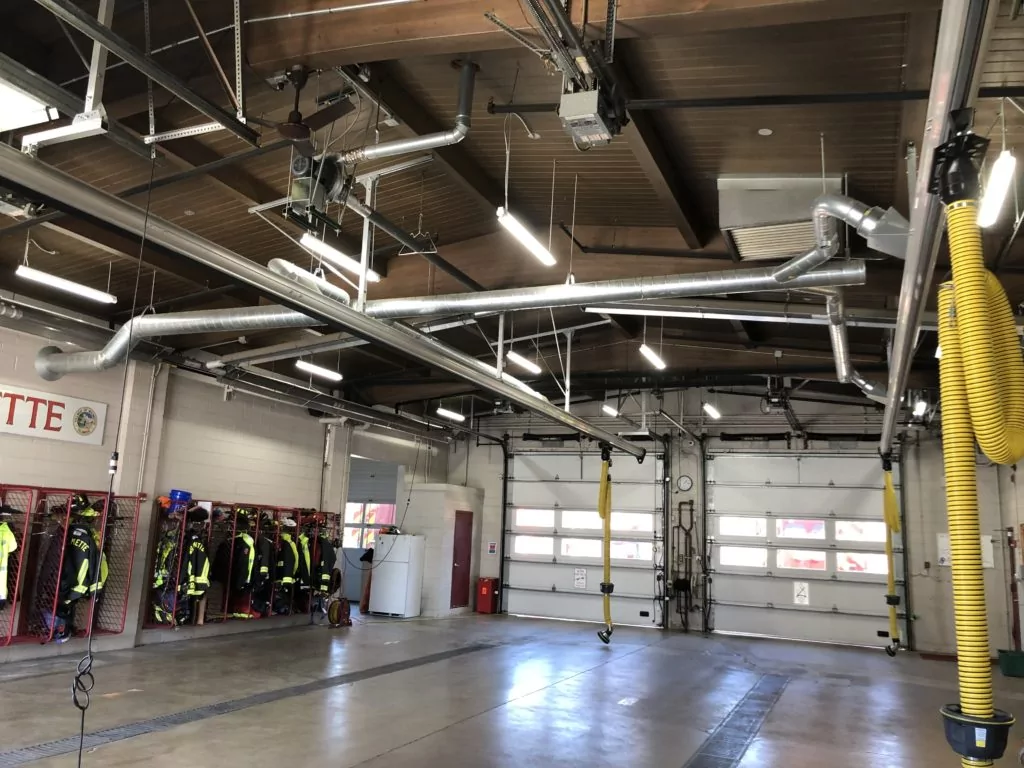
Mar 15 2021
Energy Savings Formula
In 2002, I became a firefighter in the north suburbs of Chicago. I was young and idealistic - loving almost every part of the job. However, I had another secret passion - sustainability. In addition…
Continue Reading >

May 02 2019
Verde Energy Efficiency Experts 10 Most Sustainable Companies in Chicago
In our energy efficiency consulting firm, we constantly look for inspiration from local companies that lead and innovate in clean energy and sustainability. Not all companies have billion dollar budgets, but that doesn’t mean that…
Continue Reading >
Related Articles
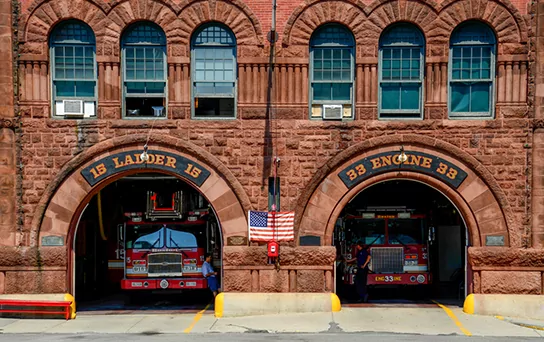
Mar 24 2020
Distressed Communities Program
Verde Energy Efficiency Experts is proud to be a service provider and distributor in the ComEd Distressed Communities Program. The program is administered by SEDAC (the Smart Energy Design Assistance Center) and geared to helping…
Continue Reading >
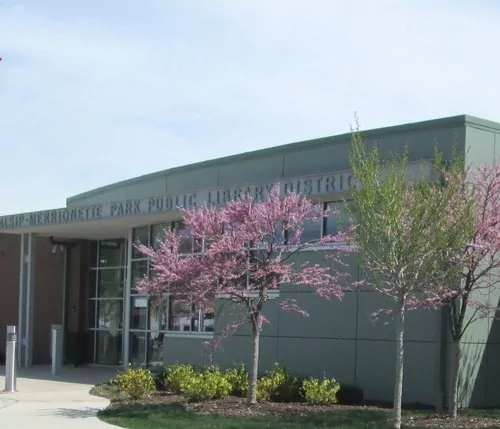
Jan 06 2020
Public Sector
Energy Efficiency for Libraries in 2020 Libraries are part of a healthy community. Libraries are the hearts of our communities. More than just places to check out books, these hubs are homes to remarkable works…

